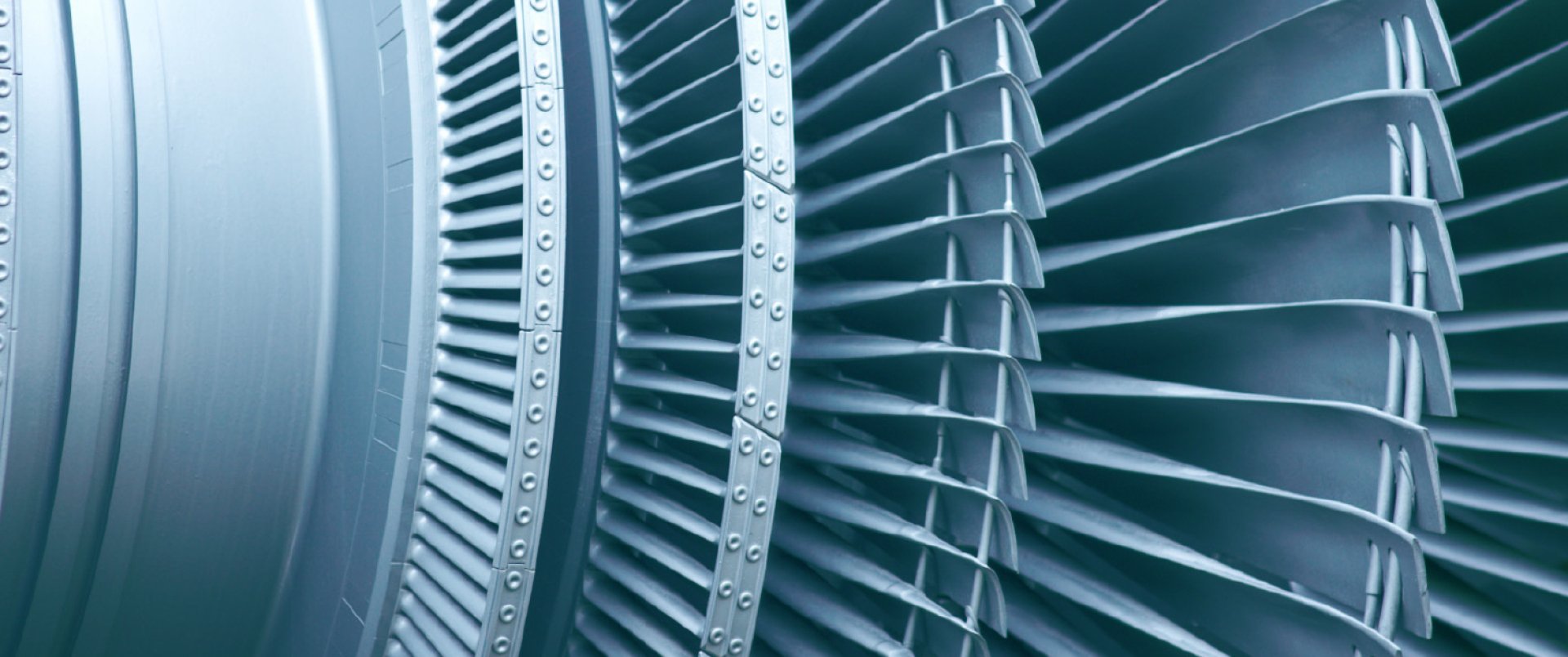
Connecting our client with their first AI-driven solution in work management
3 MINUTE READ
Secora’s AI solution dovetailed with a client’s existing work instruction creation process to significantly reduce the time taken to create instructions, while also improving their accuracy.
THE PROJECT
A major coal mining operation was hampered by a mix of issues that were dragging down profitability. While some were easy to define, some were much harder to quantify.
The client required an innovative solution to enhance the efficiency and accuracy of their work instruction processes. The existing manual approach was time-consuming and prone to errors. To add to the complexity, much of the site based technical data was in paper form and some essential information could not be located.
WHO WE WORKED WITH
Secora was engaged to explore the feasibility of developing an AI-driven work instruction generator with the ability to search for missing content from the Internet. The Secora team worked in tandem with the mine’s business improvement team to instil a new Lean culture for identifying and tackling these issues – and paved the way for a later surge in revenue.
THE CHALLENGE
With aging plant, outdated documentation, and limited human resource, the primary challenge was to develop a system capable of understanding and processing technical data which could be automated to generate and update work instructions.
This involved developing a system that could interpret Systems, Applications and Products (SAP) defect notifications, enhance existing instructions based on textual prompts, and analyse work instructions against the original equipment manufacturers (OEM) documentation to suggest improvements.
WHAT WE DID
The team embarked on a comprehensive evaluation of the client’s data architecture to understand how it could support an AI-based work instruction generator. Interviews were conducted with stakeholders involved in the creation and modification of work instructions to map the existing process and identify areas for improvement.
The team then explored various AI solutions, eventually selecting three promising candidates for developing proof-of-concept models. These were focused on converting SAP maintenance summary notes into structured work instructions, updating existing instructions with textual prompts, and improving instructions based on ingesting candidate OEM documentation.
THE RESULTS
The project's initial phase concluded with a demonstration of the candidate AI-driven models aimed at transforming the work instruction process. These models showcased phenomenal gains in resource efficiency and accuracy, reducing the drafting process from weeks to minutes.
It highlighted how AI can be quickly and successfully applied to critical plant and infrastructure, including aging assets that have a complex mix of old and new equipment.
Although the full extent of efficiency and reliability enhancements are yet to be realised, the client was presented with a comprehensive report detailing the test results, recommended approach and a future deployment roadmap that includes both everyday AI application opportunities and game-changing AI applications for future iterations.
Feedback sessions were conducted to ensure the AI solutions were aligned with the client’s operational goals and to lay the groundwork for their successful integration.
With a limited technical resource pool and aging workforce, the client is excited about the use of AI to supplement available resources to maintain compliance around work management and optimise end-of-life asset management.

